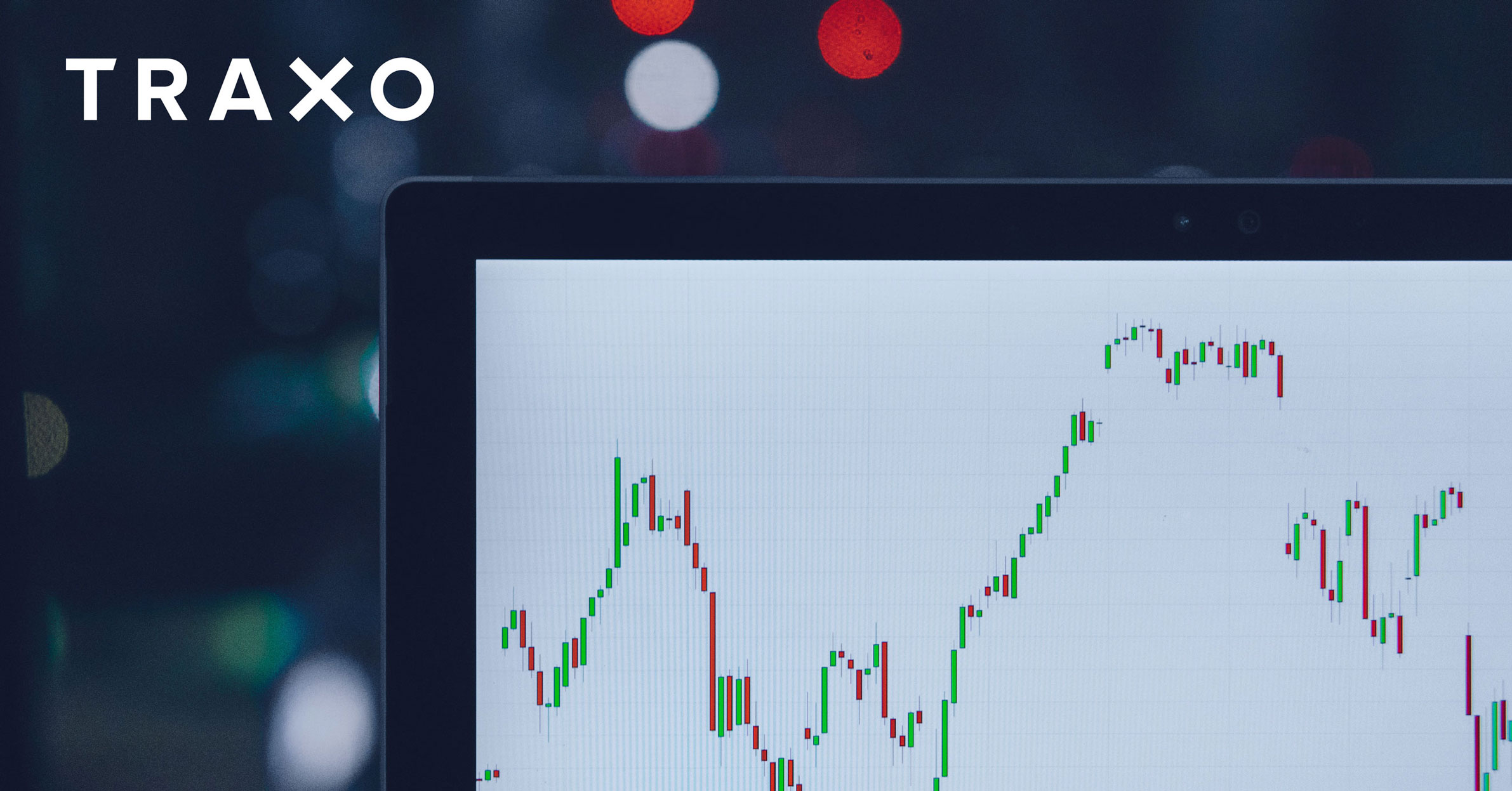Guest post from Traxo client Chrome River, a leader in modern expense reporting solutions
by Julie Roy
Generating sales can be a complex and sometimes expensive endeavor, with solution demos, RFPs, and on-site presentations and foll
ow-up meetings all forming part of the process. Even after the initial sale, account managers need to ensure that customers remain happy with the relationship and, where possible, upsell new products and services.
Calculating the cost of these sales is rarely straightforward. Even if companies already have both CRM and expense automation solutions in place, these solutions only tell half the story, and there is no simple, automated way to correlate this information and measure costs versus outcomes.
Without this information, it’s hard to perform meaningful analysis of the efficacy of your team’s travel and entertainment expense spend, and allocate accordingly for the future. While you may can calculate a crude cost of sale average, it’s harder to work out how this differs for different sized accounts. Making sense of more nuanced data is even more difficult. What expense types deliver the most return on investment? Are there team-wide or individual trends for the value generated by certain expenses, such as prospect meals?
Without this data, sales team budgeting becomes difficult, as it’s often based on inaccurate data. This can lead to some team members’ T&E budgets being higher or lower than necessary, which can result in inefficient spend or curtailed trips. Alternatively, should budgets need to be adjusted, poorly-informed decisions could lead to across-the-board cuts, potentially impacting the ability to close sales.
In response, Chrome River has launched Chrome River PROSPER, providing our customer with an easy way to see how travel and entertainment spend impacts revenue generation. By synching Chrome River EXPENSE with CRM Data — accounts, opportunities, even down to individual contacts — PROSPER allows detailed travel and entertainment expense data to be allocated to each interaction. This data can then be viewed within the PROSPER interface, clearly showing how much each member of your team has spent on a specific prospect or customer, even down to the level of individuals at each organization. This is shown alongside information such as potential sale size, so it’s easy to see at a glance how spend compares to others for a specific account. As this data is viewed in a clear, map-based dashboard, sales team leaders can obtain high-level snapshots at a glance, as well as drill down into accounts or sales team members to obtain more granular insight.

While this data can be used to see historical trends on how effective spend has been, its real benefit lies in the ability to make smarter budget planning decisions. Sales leaders can see where their team members’ upcoming travels are planned, and mapping this against account data, can make suggestions for other customers they can visit. Finance teams can use this historical data to make smarter, more informed travel and entertainment budget calculations which increase investment in more effective sales activities.
Learn more about Traxo’s folio parsing solution for automating corporate travel expenses, jointly developed with Chrome River.


